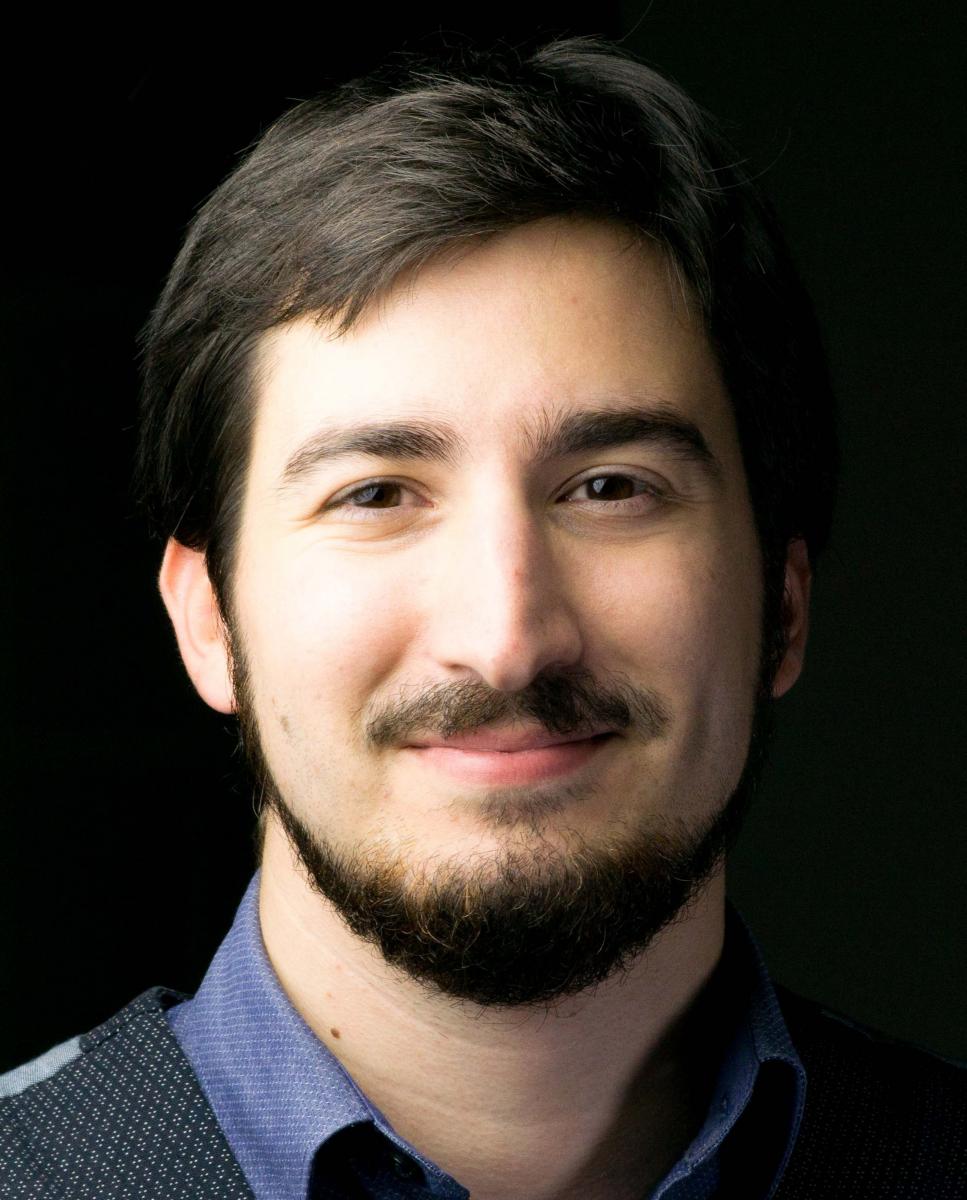
Curriculum
Computer Science and Innovation for Societal Challenges, XXXIV series
Grant sponsor
UNIPD
Supervisor
Antonio Rodà
Co-supervisor
s
Massimo Grassi
Project: Computational Musical Creativity Inspired by Musicological and Statistical Analysis
Full text of the dissertation book can be downloaded from: https://www.research.unipd.it/handle/11577/3454660
Abstract: The field of Computational Creativity tries to obtain creative behaviours from computers, to further the understanding of what regulates creativity and what is possible to obtain from computational systems. One common effort within this field is that to have computers write music, as this is an activity that is recognized to require creativity. In this thesis I review some of the main approaches to music generation as well as some questions that remain unanswered within the field. In the work described here, I focus on two of these, namely, the role of emotion and sociality in music, and long-term structure,trying to understand the role these two aspects can have in music generation. A serious game for social interaction is presented. This game allows two players to freely create a rhythm by interacting via MIDI drum pads. The software detects the tempo and meter they are playing, and adds a musical augmentation to their interaction, increasing the aesthetic value of their gaming and social experience. This is shown to be an effective way of creating a captivating experience for users. A system for the analysis of musical structure is also presented. This algorithm uses ad hoc representations of musical content, based on tree representations used by musicologists. Starting from the basic representations that were known in literature, this algorithm builds further abstracted representations that summarize the structural aspects of an entire piece and then of an entire corpus. Some example applications are shown, including an algorithm for music generation that leverages these representations and Information Theory concepts to create novel music that shows a structure similar to the ones found in the example corpus. While the method for generating the melodic material used for these novel pieces is not fully capable of generating realistic melodies, the algorithm manages to create satisfactory long-term structure, thanks to the implemented representations.